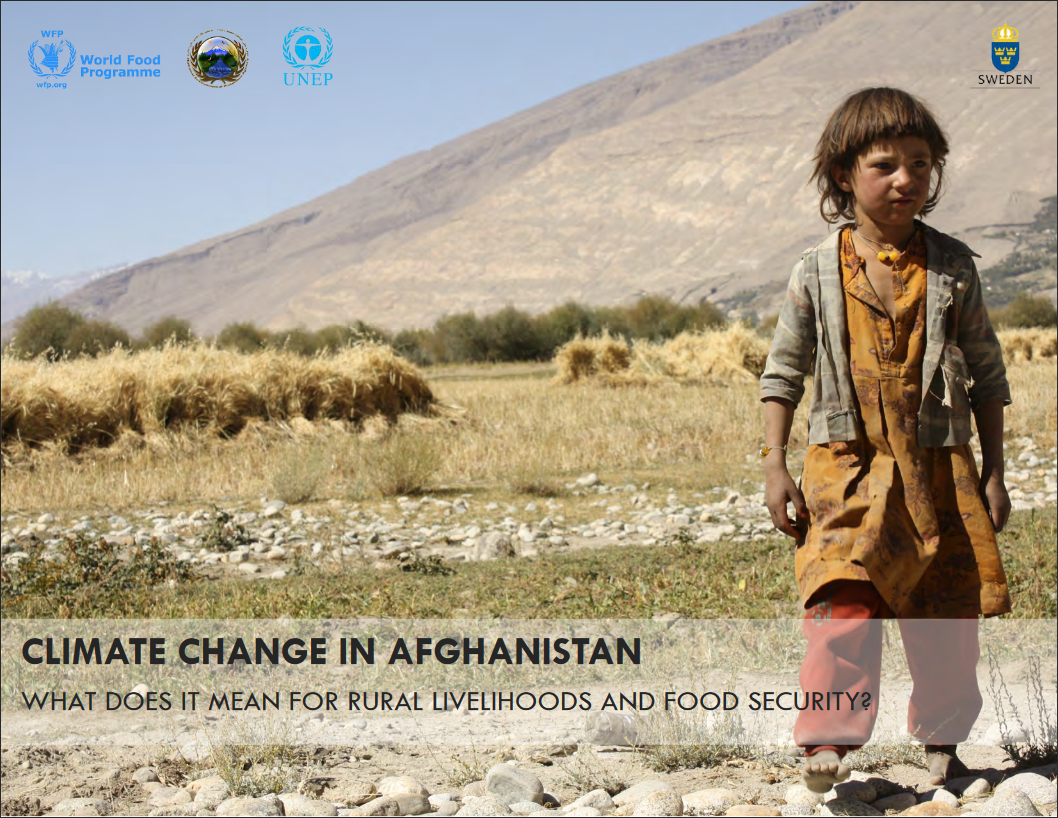Resource information
Climate change in Afghanistan is not an uncertain, “potential” future risk but a very real, present threat— whose impacts have already been felt by millions of farmers and pastoralists across the country. In this report, it is shown how drought and flood risks have changed over the past thirty years, and what impact this has had on rural livelihoods and food security in the country. The aim is to inform national-level prioritisation of areas and livelihoods groups for climate change adaptation and disaster risk reduction programmes.
The poorest people—particularly subsistence farmers and pastoralists who are often already living on marginal land—are also those who suffer most from climate change. Yet it is difficult to get an overall, national-level understanding of where the impact of climate change on food security and livelihoods are most worrying and need to be addressed most urgently.
This report focuses not on “where have droughts or floods become more frequent and severe?”, but rather “where has the impact of droughts and floods on livelihoods—and ultimately food security—been most severe?” To answer this question, climate information was combined with detailed livelihood zoning and hazard analysis to obtain an overview of which areas and population groups are most vulnerable to climate change. The report also describes future risks under a changing climate.


